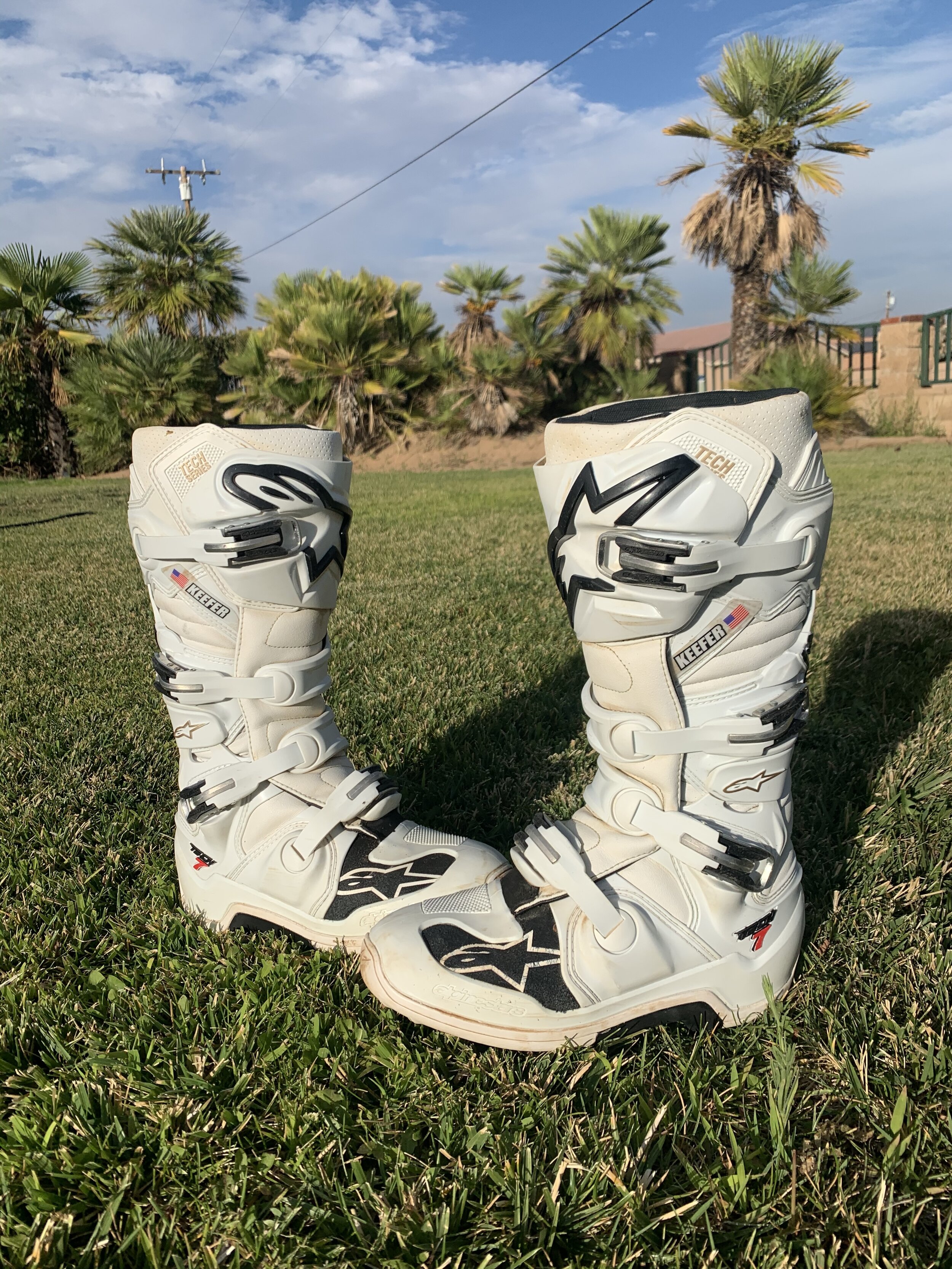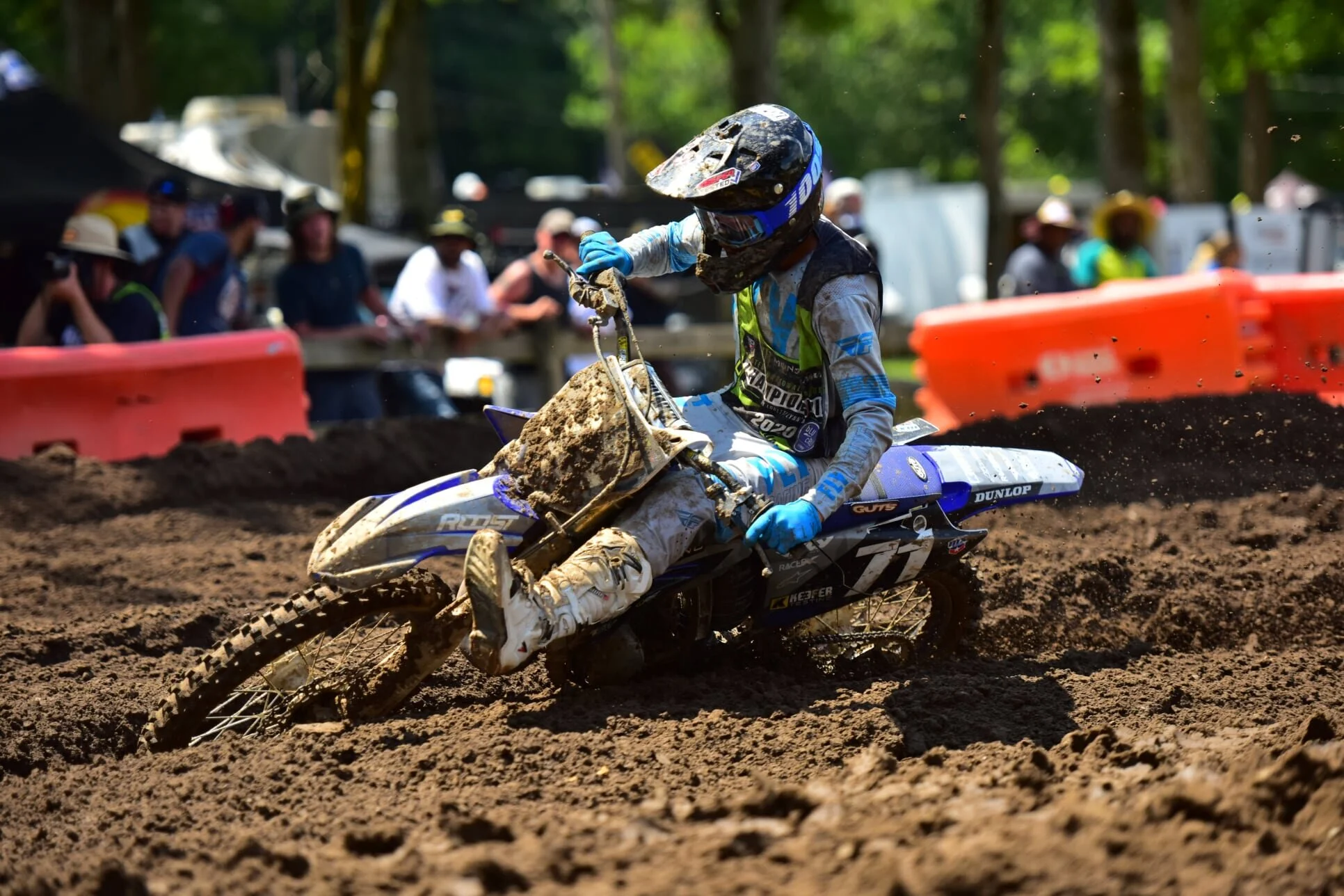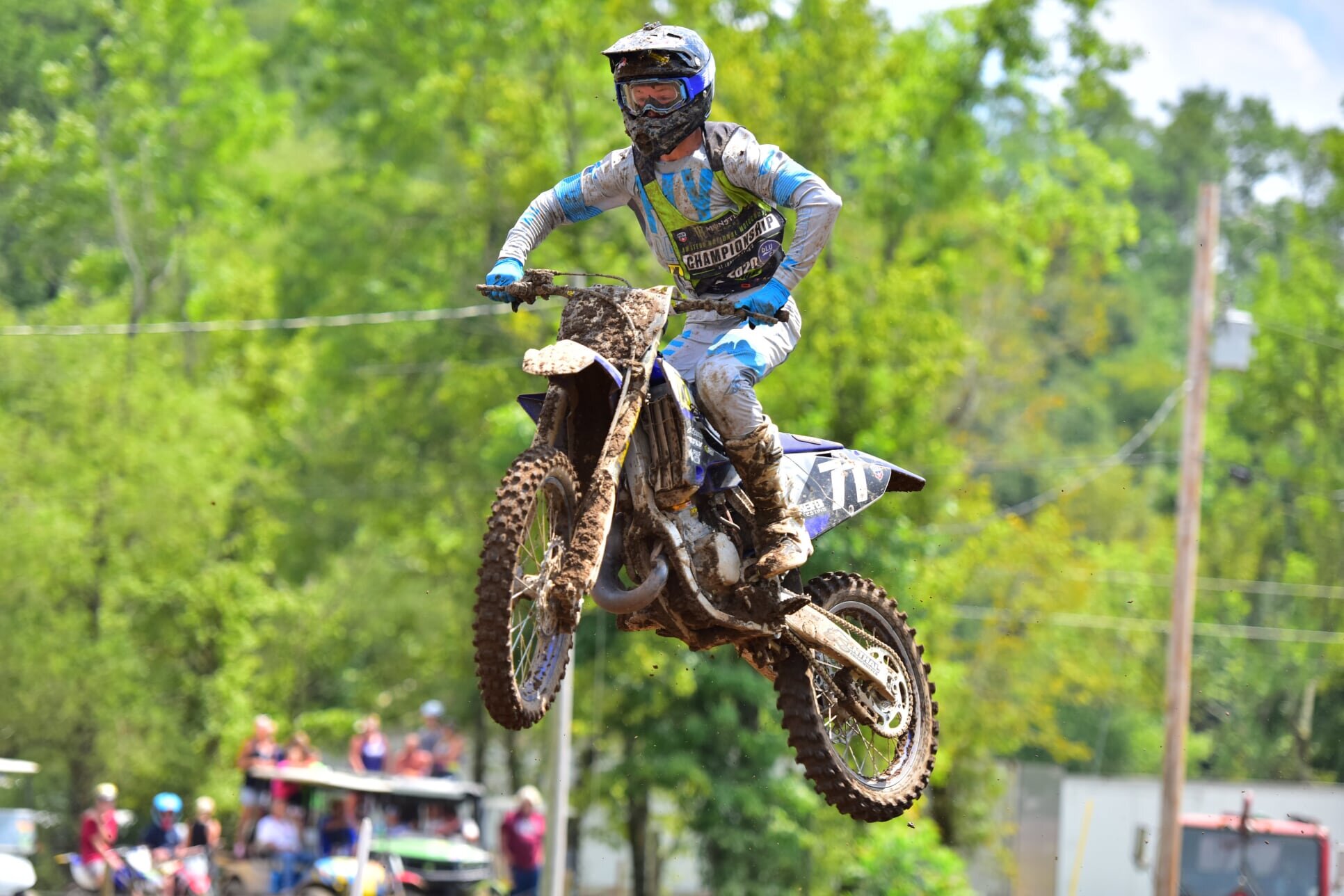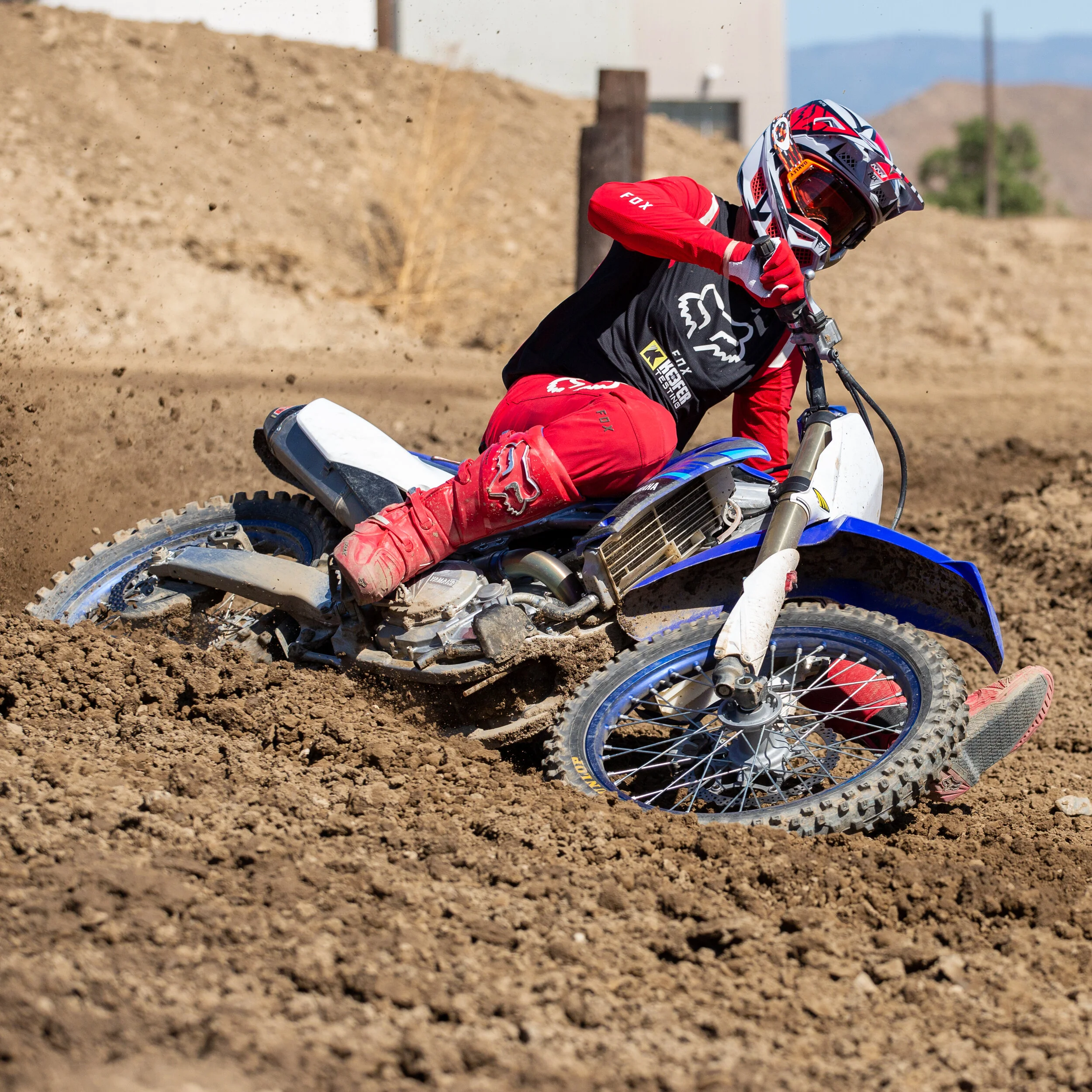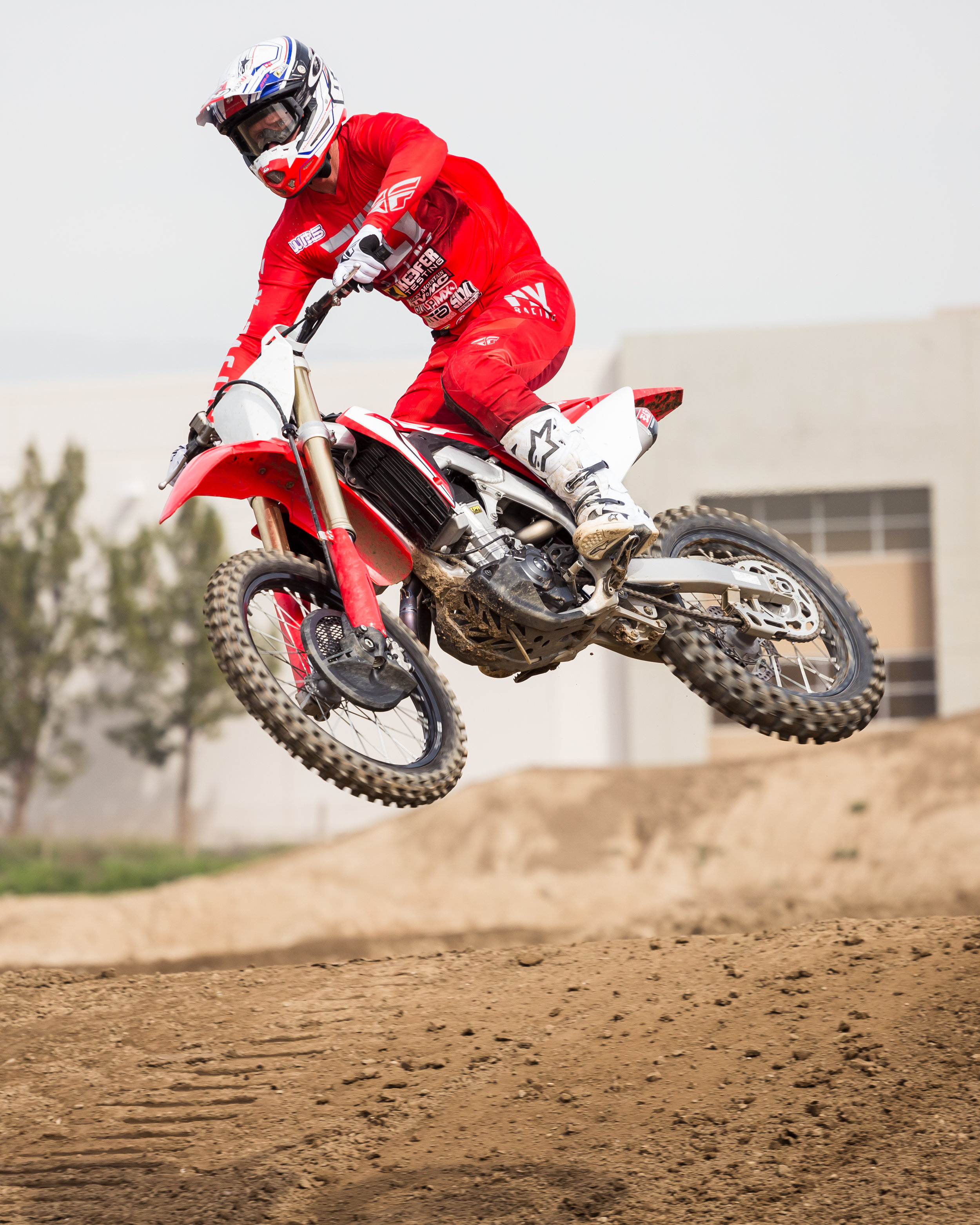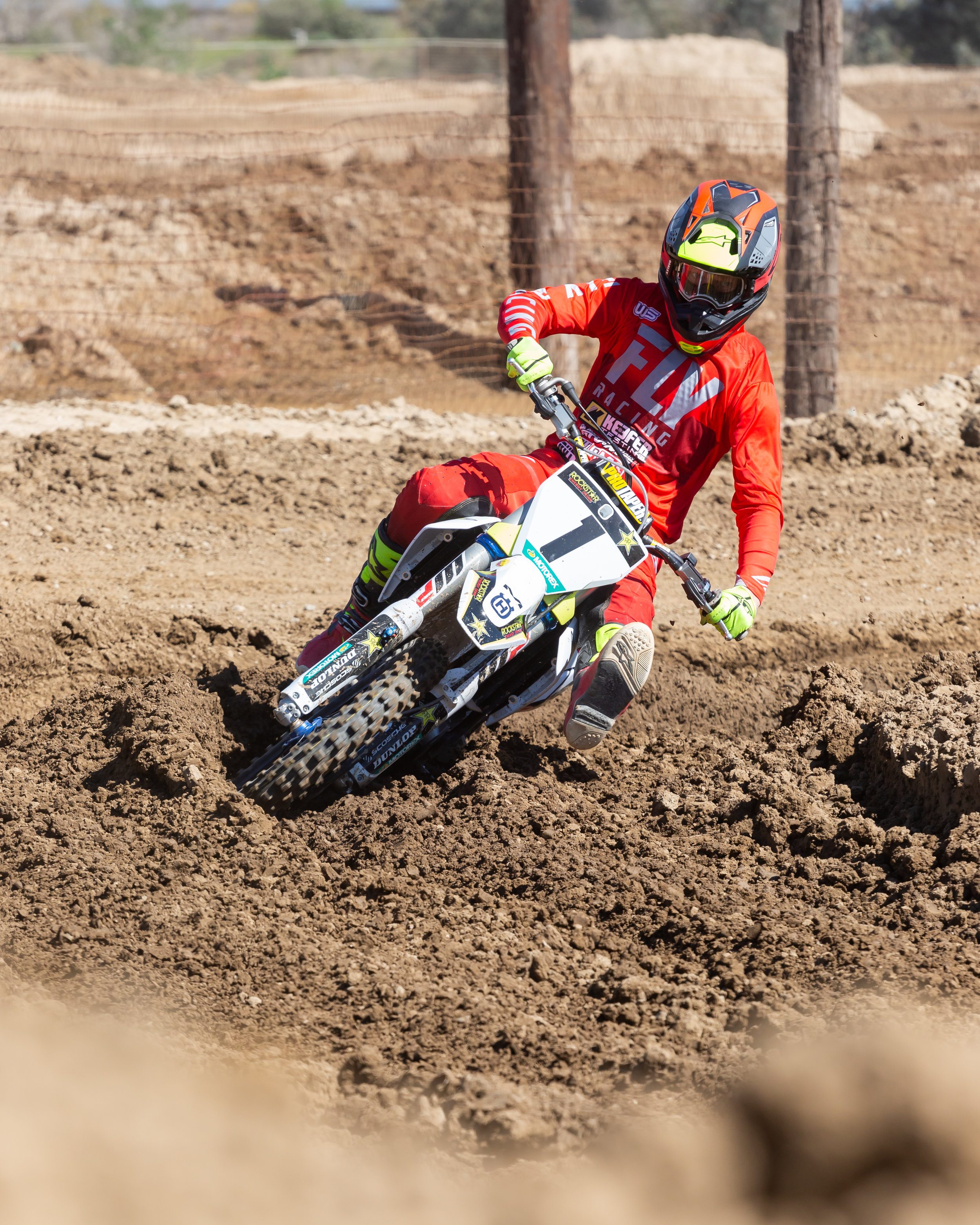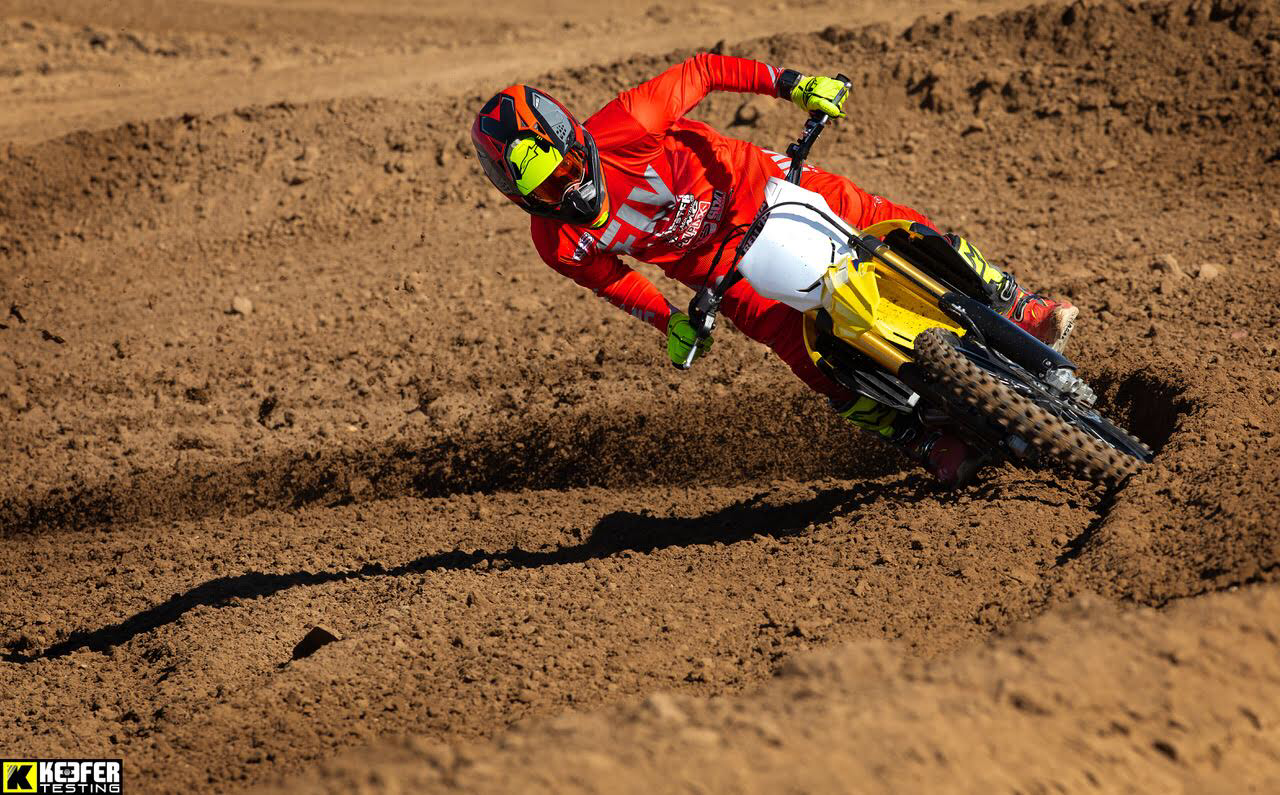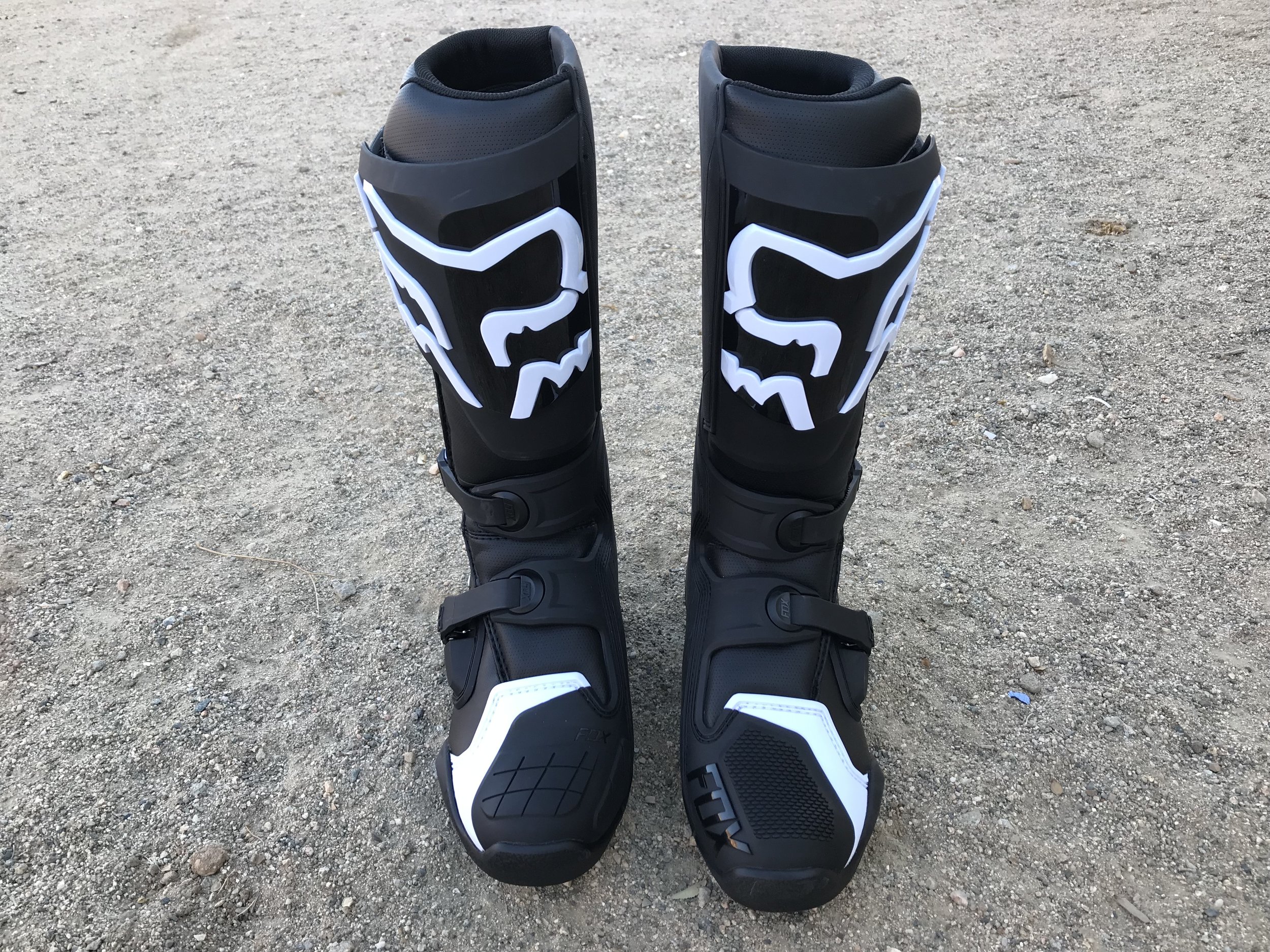I have worn Alpinestars Tech 7’s on and off for several years now and enjoyed the mid level price point boot so much that I put my 14 year old son in them because of a few reasons we will get to below. The Alpinestars Tech 7 is one of the more popular motocross boots in the states as it’s lucrative price point seems to gel more with the blue collar rider. The Tech 7 is designed and developed in Italy, but manufactured in Alpinestars’ facility in Asia in order to keep the cost down. In doing so, the Tech 7 comes in about $230 less than the company’s top-line boot, the Tech 10. The most noticeable difference between the two is the fact that the Tech 10 uses an inner bootie, while the Tech 7 does not. The Tech 7 boot features several flex points and four aluminum buckles on plastic straps. There is also a Velcro closure at the top with a gaiter for closure. The Tech 7 has undergone some changes in the past couple years which include a redesigned dual-compound sole, as well as the instep and the Achilles accordion flex zone.
The Tech 7 requires almost no break-in as it will literally take a moto or two to get used to the feel of the boots on the track. The pivot and flex zones are well thought out, so you can unbox them for the first time on the morning of a race and have no problem. Another bonus is the fact that they are easy to put on, even for those of us with bigger calves/ feet. This is often a problem with inexpensive boots; manufacturers will resize the foot compartment for larger feet but use the same upper section. That means you can’t get your foot through the ankle opening or secure the top of the boot, but not so with the Tech 7. The Tech 7s are easy to put on and once the four buckles are fastened, they fit well and are comfortable. Sizing of the Tech 7 are true to size. I wear a size 10 and the Tech 7s fit just like my Tech 10s due, but with a slightly more ankle room.
In terms of shape, the Tech 7s fall right between Sidis, with a narrow toe box and Gaerne SG-12’s, which are wider. I still think if you have a wider foot, you can still appreciate the toe box area as well as how protective that area is when hitting objects on the track or trail. Protection is outstanding even without the inner bootie. I am more of an inner bootie type of rider, but not having one with the Tech 7 didn’t leave me wishing for more ankle protection. The sole is moderately flexible and wears very well. This is always a difficult balance; too much rigidity and you can’t feel the shifter or brake pedal, too much flex and the footpegs can beat your feet into submission very quickly. Wear can also be an issue with flexy boot soles, but the Tech 7s have tougher material right where the footpeg comes in contact with the soles as well as a steel shank. The sole and footpeg inset are replaceable, which is nice if you plan on living with these boots for more than a couple seasons. I like that the inside grip material on the Tech 7 actually works when squeezing the spars of the frame and do not wear as quickly as my Tech 10 inner grip panels.
Overall, for $369.95 the Tech 7 to me is one of only a couple pairs of boots I would even wear in this price range. My son Aden loves his Tech 7s and prefers them over the Tech 10 because of how much lighter they feel when he rides. The tech 7s are 1.3 pounds lighter than the Tech 10 on the scales so when you’re putting in longer motos with deep ruts the lighter feel on your legs can come in handy.
If you have any questions about the Alpinestars Tech 7 boot or any other boots for that matter email me at kris@keeferinctesting.com.

